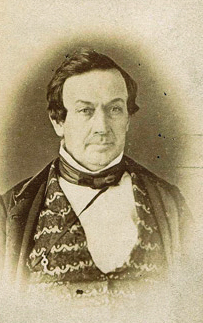Memphis is an intriguing city located on the Fourth Chickasaw Bluff overlooking the mighty Mississippi River. It is described as the Crossroads of the Mid-South. It’s in the middle of everything and is known as the railroad town. There’s something special about being in the middle of everything. The city rapidly developed as a major trading center for cotton, cultivated at the region’s large plantations, and was dependent on the work of enslaved Black Americans. The city grew into the world’s largest cotton market and hardwood lumber market.
The large city has a little park of 1.96 acres located in the heart of downtown. The fountain is a beautiful work of art. The people, squirrels, and pigeons enjoyed mingling in the small park. People enjoyed throwing peanuts to the ever present squirrels and pigeons. They temporarily forgot their troubles.
The spacious city was founded in 1819 by Andrew Jackson, James Winchester, and John Overton. When it was incorporated in 1826, it was time to choose its first mayor. The race was between two rivals, Marcus Winchester and Isaac Rawlings, both proprietors and well known in the city. Marcus Winchester was also the Justice of the Peace and Postmaster. He was elected Mayor of Memphis and Isaac Rawlings played second fiddle as Treasurer.
Mayor Winchester served from 1827-1829. He led the march of progress for the city. A newspaper was started, roads built, and a four-horse mail was started to Jackson. He was a big booster of railroads. He got the buy in from the people living in the picturesque city.
Prior to the next election, Mayor Winchester had reportedly ruined himself with the voters. According to the book, Memphis Down in Dixie, in 1823 he married a pretty, “free woman of color,” from New Orleans. According to Wikipedia, the name of his wife is listed as Amarante Loiselle, also called Mary. They had six daughters and two sons. The book stated that Tennessee law of 1822 prohibited “the interracial marriage of white persons with Negroes, mulattoes, or persons with mixed blood or living together as man and wife.” The latter was often overlooked. It was okay to live together but not marry. Men explained these women were their housekeepers.
Over time, Mayor Winchester’s career declined. He moved with his family to his farm, three miles outside of Memphis. He was involved in a variety of lawsuits and had financial difficulties. His wife died in 1840.
After his wife’s death, he reportedly wed a nineteen-year old widow named Lucy Lenora, two years later. According to the book, Memphis Down in Dixie, she was also a “woman of color.” His friend, who served in the Battle of New Orleans, brought her back to Tennessee as his mistress. He planned to be the future Senator from Missouri and knew he couldn’t marry her. He left her in the care of Mayor Winchester. He fell in love with her, and they married.
The two references were slightly contradictory but both described at least one wife as a “woman of color.” In the book, the Mayor, Marcus Winchester, was described as a man of “fine head.” When the author described the mayor’s love for Lucy Lenora, he implied he may be Creole. Based on later research, his mother, Susan Black, was thought to be the descendants of “free men of color.”
He and his family were ostracized by white society in Memphis. Even his relatives disowned him. People outside of Memphis thought he was a noble man with an interesting family. He was credited with rising above caste and prejudice. He was a fine mayor and man.
Francie Mae. October 28, 2023.
References
McIlwaine, Shields. 1941. Memphis. Down In Dixie. New York. EP Dutton and Company, Inc.
Magness, Perre. “Marcus Brutus Winchester.” Tennessee Encyclopedia. Wikipedia. Accessed October 28, 2023.
